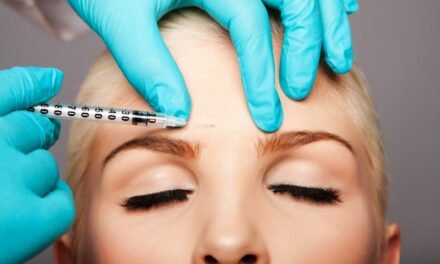Amid economic downturns, dermatology practices face a dual challenge of declining elective procedure revenues and potentially rising demand for essential treatments.
Economic downturns present significant challenges across all sectors, including healthcare. Dermatology, a field combining essential and elective treatments, faces unique pressures during financial instability. This article examines how economic downturns influence dermatological treatments and patient access, while also considering how practices can navigate these challenging times to maintain quality patient care.
Economic downturns can lead to widespread budget tightening, affecting both consumers and the healthcare sector. For dermatology, this often results in a noticeable shift in patient priorities. As disposable incomes shrink, many patients may postpone or forego elective skin treatments, which are often not covered by insurance. This shift not only impacts the financial health of practices but also affects patient outcomes, as delayed treatments can lead to exacerbated conditions.
Changes in Patient Volumes and Demographics
During economic downturns, dermatology practices typically see a change in patient volumes. There’s a decrease in consultations for cosmetic procedures, such as botox and fillers, which are seen as luxury expenditures.
Simultaneously, there is a potential increase in medically necessary consultations, as stress and reduced overall health due to economic hardship can exacerbate skin conditions like eczema and psoriasis. This shift demands that dermatologists reassess their service offerings to balance patient needs with economic realities.
Adjustments in Treatment Plans and Procedures
Financial constraints force both patients and practices to make tough choices about healthcare. Dermatologists might find themselves recommending more cost-effective treatments, which could include extending the duration between treatments or substituting in less expensive procedures that achieve similar results.
For instance, opting for topical treatments rather than more costly laser therapies when clinically appropriate can help maintain care standards without imposing financial burdens.
The Rise of Alternative Treatment Options
In light of economic pressures, there’s a noticeable trend towards more affordable and accessible treatment options. Over-the-counter products and generic medications are becoming more popular as patients seek effective, less expensive alternatives to prescription medications.
This trend is also encouraging a shift towards holistic and preventive skin care routines that require fewer in-office treatments.
Strategies for Dermatology Practices to Mitigate Financial Strain
To adapt to reduced revenues from elective procedures, dermatology practices are finding innovative ways to reduce operational costs while maintaining high standards of patient care. Implementing telehealth services is one significant measure; it reduces overhead costs and makes consultations more accessible to patients, thereby potentially increasing the volume of consultations.
Furthermore, practices are focusing on maximizing operational efficiency by using advanced scheduling software and reducing waste in consumable supplies.
Conclusion
The economic downturn poses substantial challenges for dermatology, but it also offers an opportunity for practices to innovate and adapt. By focusing on flexible treatment options, prioritizing essential services, and embracing technology, dermatologists can continue to provide excellent patient care even in financially difficult times.
Photo 4645002 © Anthonyata | Dreamstime.com




